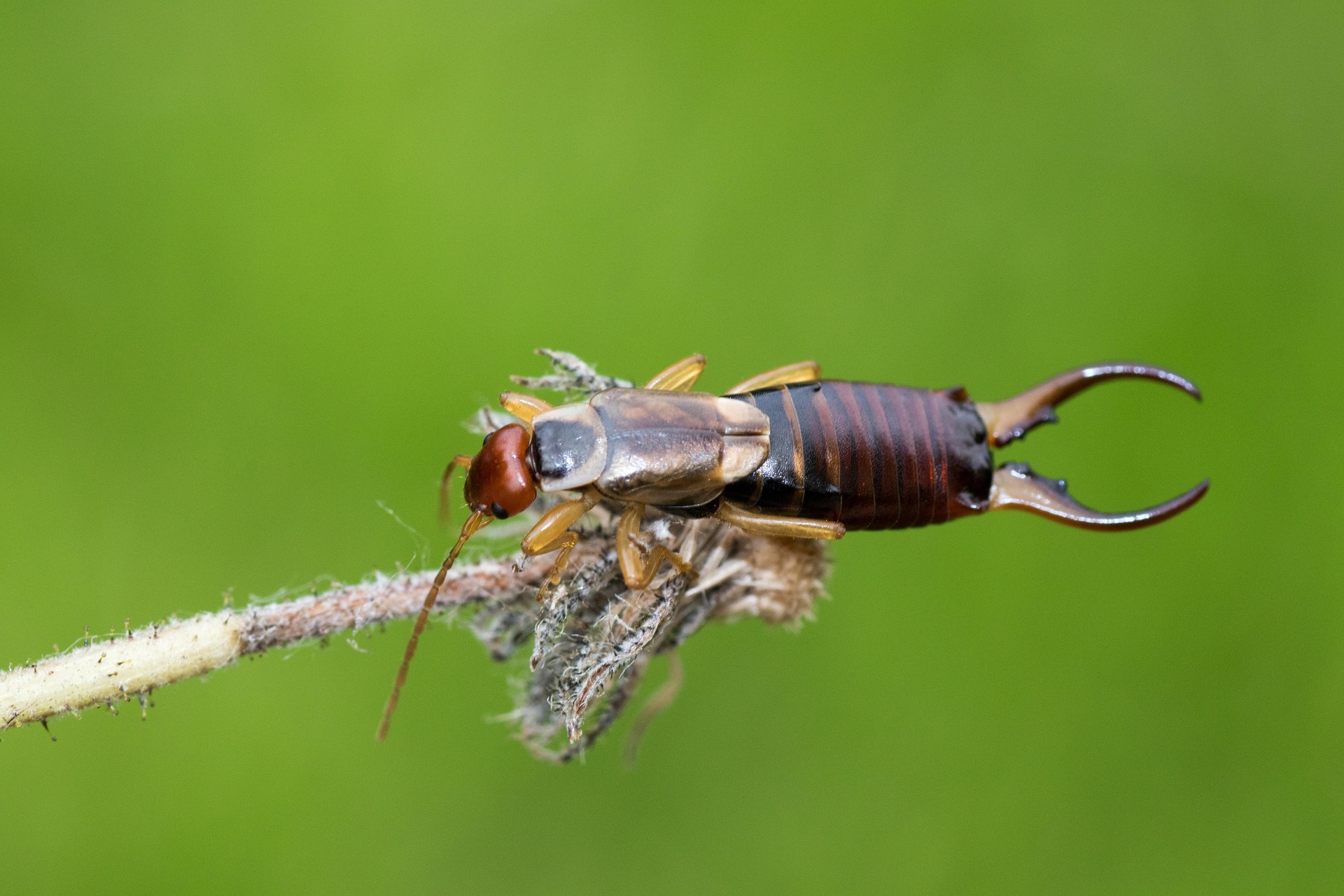Earwigs are often recognized by their pincers and nocturnal habits, but what makes them particularly challenging for homeowners is their ability to thrive in many hidden spaces. While earwigs rarely cause structural damage, their presence can be unsettling, and large populations quickly become a nuisance indoors. Identifying the types of environments that encourage earwig activity is an important first step toward prevention. A clear understanding of earwig habitat patterns helps ensure long-term success with earwig control strategies.
For homeowners in regions with warm climates or frequent rainfall, earwigs can be especially active. Seasonal changes often push them closer to human living spaces, increasing the chance of spotting them indoors. Because they are drawn to moisture and shelter, properties with dense vegetation, leaky irrigation, or cluttered yards are at greater risk. Recognizing these conditions helps property owners take preventive steps before infestations grow large enough to become noticeable.
 Typical Outdoor Habitats
Typical Outdoor Habitats
Most earwigs prefer to live outdoors in moist, dark environments. They are highly dependent on humidity and are commonly found in areas that provide both food and shelter.
Common outdoor habitats include:
- Mulch and garden beds: Moist soil and decaying vegetation provide ideal living conditions.
- Under rocks and logs: Shady, protected areas are perfect hiding spots during the day.
- Leaf piles and compost: Organic matter provides both food and cover.
- Flower pots and planters: Damp soil holds the moisture earwigs need to survive.
- Near foundations: Cracks or shaded spots near a home’s base create convenient harborage.
Because these locations are close to homes, earwigs can easily migrate indoors when outdoor conditions change. Homeowners can learn more about specific traits and behaviors from our detailed earwig guide that highlights identification and prevention tips.
Indoor Environments That Attract Earwigs
While earwigs generally prefer the outdoors, they often find their way inside in search of food, shelter, or moisture. Indoor infestations are typically linked to conditions that mimic their preferred outdoor habitats.
Key indoor environments include:
- Basements: Damp, dark areas provide the humidity earwigs need.
- Bathrooms: Leaks, condensation, and standing water create perfect habitats.
- Kitchens: Cracks near sinks or dishwashers often harbor earwigs.
- Laundry rooms: Warmth and moisture combine to attract them.
- Storage areas: Boxes or clutter create additional hiding spaces.
Indoor activity often increases when outdoor conditions become dry or extremely hot, driving earwigs indoors to seek cooler, humid spaces. Once inside, they are usually more of a nuisance than a direct threat, but they still indicate environmental conditions that require attention.
Conditions That Encourage Earwig Populations
Earwig habitat preferences are closely tied to environmental factors. Homeowners who understand these conditions are better equipped to reduce infestations.
Primary conditions include:
- Moisture levels: Earwigs thrive in damp environments and struggle in dry conditions.
- Shelter opportunities: Cluttered yards, thick vegetation, or indoor storage provide cover.
- Access points: Cracks, gaps, and improperly sealed doors allow entry.
- Food availability: Earwigs feed on decaying plant matter, small insects, and sometimes household crumbs.
- Seasonal shifts: Rainy weather or extreme heat drives earwigs to relocate in search of favorable conditions.
These factors highlight the importance of regular maintenance both inside and outside the home. Simple adjustments to landscaping and home repairs can reduce the likelihood of earwigs establishing themselves.
Prevention Through Environmental Management
Prevention plays a critical role in earwig control, and the focus should always be on limiting favorable habitats. Making small changes in and around the home can greatly reduce infestations.
Effective prevention strategies include:
- Landscape maintenance: Keep mulch thin, trim vegetation, and remove leaf litter.
- Moisture reduction: Repair leaks, improve drainage, and use dehumidifiers indoors.
- Seal entry points: Caulk cracks, repair weather stripping, and secure foundation gaps.
- Proper storage: Avoid leaving cardboard or clutter in basements and garages.
- Lighting adjustments: Reduce outdoor lighting at night, as it can attract earwigs toward buildings.
For homeowners seeking methods that balance effectiveness with sustainability, eco-friendly pest control practices can provide a valuable combination. Environmentally conscious solutions help address infestations without compromising safety.
Why Professional Support Is Best
Earwigs are resilient pests, and while preventive measures help reduce their numbers, professional intervention ensures infestations are fully addressed. Specialists not only eliminate existing earwig populations but also identify the underlying conditions that make properties attractive to them. In addition, professionals bring expertise in managing other pests such as ants, bed bugs, fleas, cockroaches, termites, rodents, and spiders, which often coexist in similar environments.
Professional services are particularly valuable for persistent infestations, large populations, or when earwigs continue entering the home despite preventive steps. By combining inspection, treatment, and long-term prevention, experts provide the most reliable results for maintaining pest-free living spaces.
Keep Earwigs Out for Good
Earwigs prefer environments that provide moisture, food, and shelter, whether outside in mulch beds or inside damp basements. Identifying these habitats early allows homeowners to prevent infestations before they grow. For dependable solutions that safeguard your home, contact Panda Pest Control today and enjoy peace of mind knowing earwigs and other pests are kept at bay.


